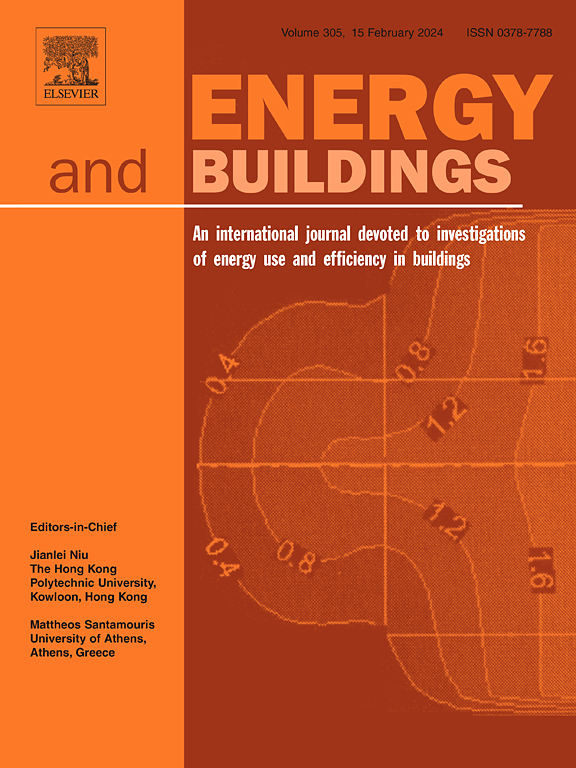Automatic building energy model development and debugging using large language models agentic workflow
IF 6.6
2区 工程技术
Q1 CONSTRUCTION & BUILDING TECHNOLOGY
引用次数: 0
Abstract
Building energy modeling (BEM) is a complex process that demands significant time and expertise, limiting its broader application in building design and operations. While Large Language Models (LLMs) agentic workflow have facilitated complex engineering processes, their application in BEM has not been specifically explored. This paper investigates the feasibility of automating BEM using LLM agentic workflow. We developed a generic LLM-planning-based workflow that takes a building description as input and generates an error-free EnergyPlus building energy model. Our robust workflow includes four core agents: 1) Building Description Pre-Processing, 2) IDF Object Information Extraction, 3) Single IDF Object Generator Suite, and 4) IDF Debugging Agent. These agents divide the complex tasks into manageable sub-steps, enabling LLMs to generate accurate and reliable results at each stage. The case study demonstrates the successful translation of a building description into an error-free EnergyPlus model for the iUnit modular building at the National Renewable Energy Laboratory. The effectiveness of our workflow surpasses: 1) naive prompt engineering, 2) other LLM-based workflows, and 3) manual modeling, in terms of accuracy, reliability, and time efficiency. The paper concludes with a discussion on the interplay between foundational models and LLM agent planning design, advocating for the use of fine-tuned, specialized models to advance this field.
利用大型语言模型代理工作流程自动开发和调试建筑节能模型
建筑能耗建模(BEM)是一个复杂的过程,需要大量的时间和专业知识,限制了其在建筑设计和运营中的广泛应用。虽然大型语言模型(LLM)代理工作流为复杂的工程流程提供了便利,但其在 BEM 中的应用尚未得到专门探索。本文研究了使用 LLM 代理工作流实现 BEM 自动化的可行性。我们开发了一种基于 LLM 规划的通用工作流,它将建筑物描述作为输入,并生成无差错的 EnergyPlus 建筑能源模型。我们强大的工作流程包括四个核心代理:1) 建筑描述预处理;2) IDF 对象信息提取;3) 单个 IDF 对象生成套件;4) IDF 调试代理。这些代理将复杂的任务划分为易于管理的子步骤,使 LLM 在每个阶段都能生成准确可靠的结果。案例研究展示了将建筑描述成功转化为无差错 EnergyPlus 模型的过程,该模型用于美国国家可再生能源实验室的 iUnit 模块化建筑。我们工作流程的有效性超过了1) 天真的提示工程,2) 其他基于 LLM 的工作流程,3) 手动建模,在准确性、可靠性和时间效率方面都有所超越。论文最后讨论了基础模型与 LLM 代理规划设计之间的相互作用,提倡使用经过微调的专业模型来推动这一领域的发展。
本文章由计算机程序翻译,如有差异,请以英文原文为准。
求助全文
约1分钟内获得全文
求助全文
来源期刊

Energy and Buildings
工程技术-工程:土木
CiteScore
12.70
自引率
11.90%
发文量
863
审稿时长
38 days
期刊介绍:
An international journal devoted to investigations of energy use and efficiency in buildings
Energy and Buildings is an international journal publishing articles with explicit links to energy use in buildings. The aim is to present new research results, and new proven practice aimed at reducing the energy needs of a building and improving indoor environment quality.
 求助内容:
求助内容: 应助结果提醒方式:
应助结果提醒方式:


